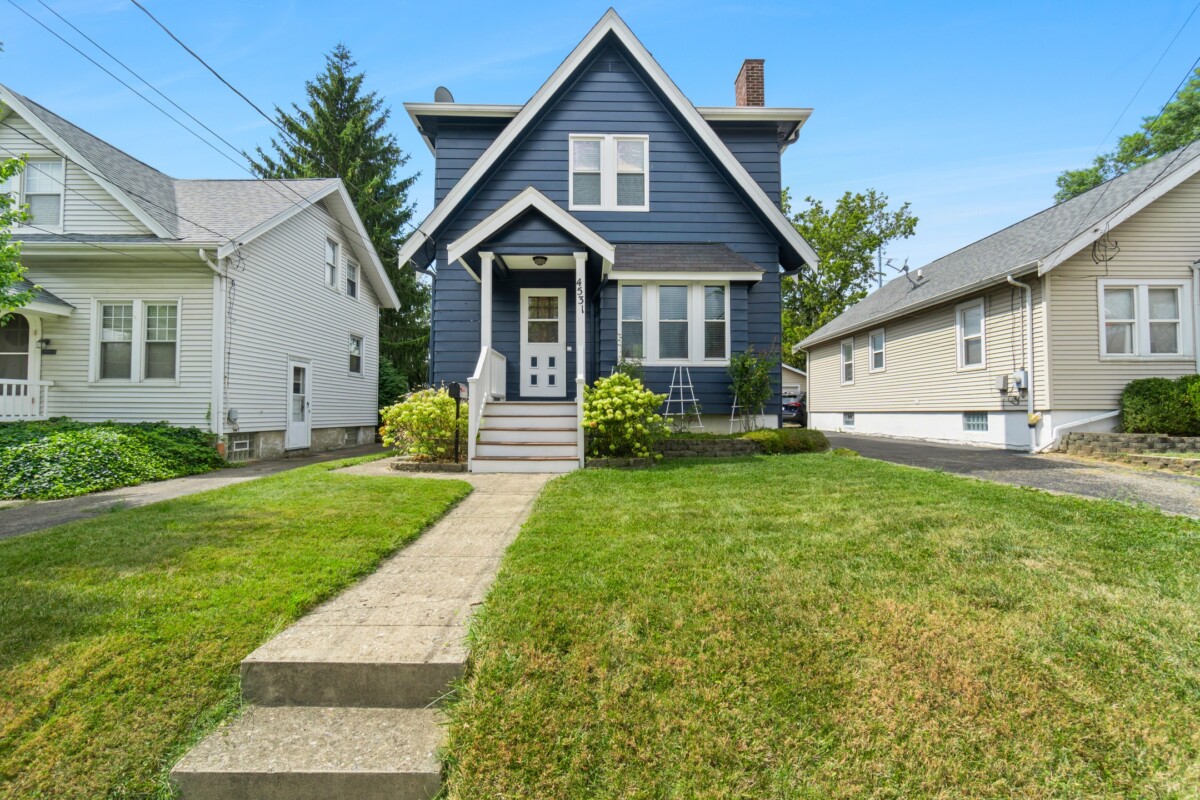
During the homebuying process, one crucial decision that buyers often grapple with is whether to buy down their mortgage interest rate. Since interest rates play a pivotal role in determining the overall cost of a mortgage – what you end up paying each month as a mortgage payment – the prospect of reducing these rates and what you’ll ultimately pay each month can be enticing. However, the decision isn’t straightforward and involves numerous variables such as your financial situation, your personal circumstances, and the current state of the housing market. In this Redfin article, we ask mortgage experts common questions about buying down a mortgage and other details you should know so you can make an informed decision if this strategy is right for you.

What is a buy down?
A buy down, often referred to as “paying points,” is a financial strategy employed in mortgage and loan transactions to decrease the interest rate on a loan. Essentially, it involves paying an upfront fee at the inception of the loan to lower the overall interest rate over its duration. This upfront payment, known as points, is typically calculated as a percentage of the loan amount. The decision to pursue a buy down depends on individual financial circumstances and the length of time one plans to retain the loan.
How does buying down an interest rate work?
“Buying down an interest rate, often referred to as “paying points,” is a financial strategy used in mortgage and loan transactions to reduce the interest rate you pay on your loan,” says Al Gray, Loan Advisor from NEXA Mortgage. “This is when you pay extra money at the beginning of a loan to make your borrowing cheaper over time. The decision to buy down your interest rate by purchasing points at the beginning depends on your individual financial situation and how long you plan to keep the loan.
For example, if you’re taking out a $200,000 mortgage and the lender offers a 30-year fixed rate at 6.5%, you might have the option to buy points at a cost of 1% of the loan amount each. You could buy two points for $4,000 (1% x 2 x $200,000), which would reduce your interest rate, often by 0.25% per point. In this example, with two points, your interest rate would be reduced from 6.5% to 6.0%.
Calculate your monthly savings on the lower interest rate and compare it to the upfront cost of the points. The break-even point is the time it takes for your monthly savings to recoup the upfront cost. If you plan to stay in the home long enough to break even and then benefit from the lower rate, buying points can be a financially sound decision. If not, it might be better to go with the regular interest rate.”
In what circumstances is it a good idea to buy down your mortgage interest rate?
- Long-term homeownership plans: Buying down your interest rate is more beneficial if you plan to stay in your home for an extended period. The upfront costs can be justified by the long-term savings on monthly payments.
- Unfavorable market conditions: Consider buying down when interest rates are relatively high compared to historical trends. This strategy becomes more cost-effective when securing a lower rate in a high-interest environment.
- Available cash at closing: If you have sufficient funds at the time of closing, purchasing points may be a viable option. The upfront cost can be covered, and the long-term savings can outweigh the initial investment.
- Excellent credit score: A higher credit score may provide the opportunity to negotiate more favorable terms when buying down the interest rate. Lenders may offer better rates to borrowers with excellent credit.
- Financial stability: Opt for buying down when your financial situation is stable, and you can comfortably manage the upfront costs without compromising your overall financial well-being.
- Planning for lower monthly payments: If your primary goal is to achieve lower monthly mortgage payments, buying down the interest rate can be an effective means of achieving this objective, especially when balancing it with the break-even point.
- Potential income increase: Consider a temporary buy down (more on this below) if you anticipate an increase in income in the near future.
- Refinancing is not imminent: If you do not foresee refinancing in the near future, buying down the interest rate can be a prudent choice. This ensures that you fully realize the long-term benefits of the reduced rate over the life of the loan.

Is it good to buy down an interest rate?
“Buying down an interest rate can be a prudent financial choice under specific circumstances,” advises Vice President and Consumer Mortgage Specialist, Ahmed Hachim, from Burke & Herbert Bank. “This method involves paying extra upfront fees to secure a lower mortgage interest rate. It can lead to reduced monthly payments and long-term savings, but it’s essential to consider the initial costs versus the future benefits. If you plan to stay in your home for an extended period, buying down the rate could be advantageous, allowing you more time to recover the upfront expenses through lower monthly payments.
On the other hand, if you anticipate selling or refinancing in the near future, the initial cost might not be worthwhile. Calculating the break-even point, where your savings surpass the upfront expense, is crucial. Consulting a mortgage expert or financial advisor can provide tailored insights based on your unique financial goals.”
Temporary buy down vs. permanent buy down: Understanding the difference
A temporary buy down and a permanent buy down are distinct financial strategies, each serving different purposes and durations.
Temporary buy down: A temporary buy down involves a short-term reduction in the initial interest rate of a mortgage loan, typically for a predetermined period, often the first few years of the loan term. Borrowers make additional upfront payments or accept a higher interest rate in the future to facilitate lower initial monthly payments. This strategy is often chosen by individuals who expect an increase in income or anticipate refinancing within a few years. Temporary buy downs provide immediate benefits by making homeownership more accessible in the early years of the loan.
Permanent buy down: On the other hand, a permanent buy down entails a lasting reduction in the interest rate over the entire life of the loan. Borrowers pay additional upfront costs to secure a lower interest rate for the entire duration of the mortgage. Unlike a temporary buy down, the advantages of a permanent buy down persist throughout the loan term, leading to consistent long-term savings on monthly payments. Homebuyers opting for a permanent buy down usually prioritize the stability and predictability of lower payments over the life of the loan.
Understanding the nuances between temporary and permanent buy downs is crucial for borrowers to align their financing strategy with their unique financial goals and homeownership plans.
A deeper dive into what mortgage points are
Mortgage points are special payments made at the closing of a mortgage transaction in exchange for a reduced interest rate and lower monthly payments on the loan. Referred to as “buying down the rate,” as mentioned above, this financial strategy involves a homebuyer paying additional fees upfront to secure a more favorable long-term financial outcome. However, there are two main types of mortgage points that exist:
Discount points: Discount points are payments made to decrease the interest rate on the mortgage. The more discount points purchased, the greater the reduction in the interest rate. The specific impact on the rate depends on the lender’s terms, the loan type, and prevailing housing market conditions. Generally, buyers can anticipate lowering their interest rate by one-eighth to one-quarter of a percent for each point bought.
Importantly, these points are tax-deductible for the first $750,000 of the mortgage loan. When deciding on discount points, homeowners should consider the duration of their stay in the house and the available cash at closing. The longer one plans to remain in the property, the more cost-effective buying discount points becomes.
Origination points: Origination points cover the expenses incurred by the lender in processing the loan. Unlike discount points, origination points do not directly reduce the interest rate but are part of the overall closing costs. The ability to negotiate the terms of origination points varies, and some lenders may incorporate them based on the borrower’s credit or overall borrowing profile. Unlike discount points, origination points are not tax-deductible. However, many lenders now offer flat-fee or no-fee mortgage options, especially for borrowers with strong credit profiles, eliminating the need for origination points in some cases.
The post Should You Buy Down Your Mortgage Interest Rate? appeared first on Redfin | Real Estate Tips for Home Buying, Selling & More.
